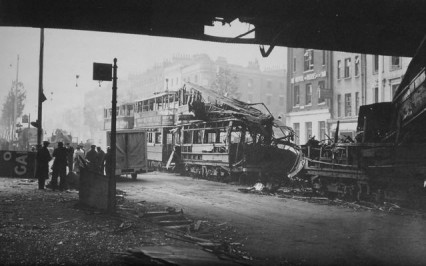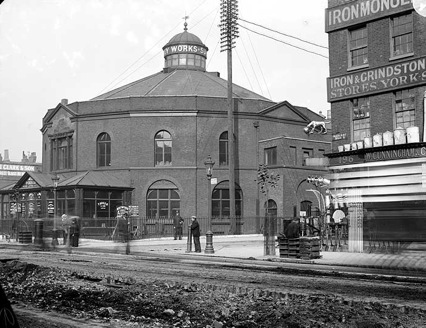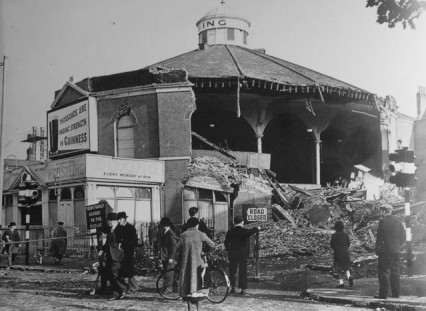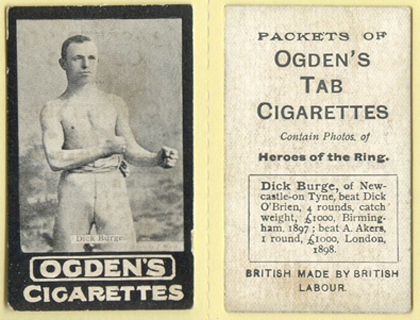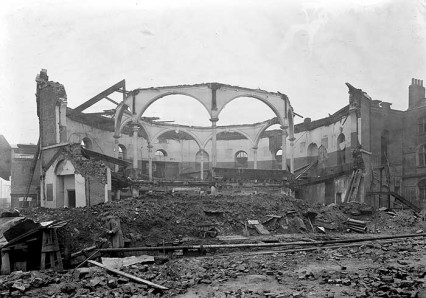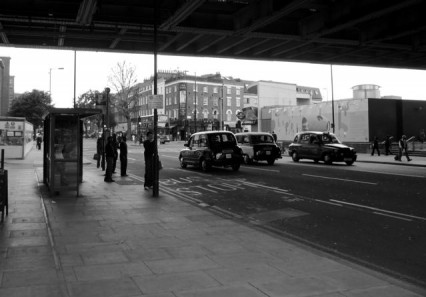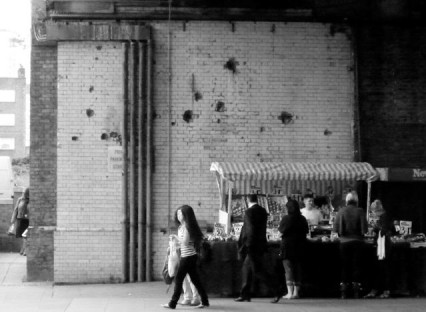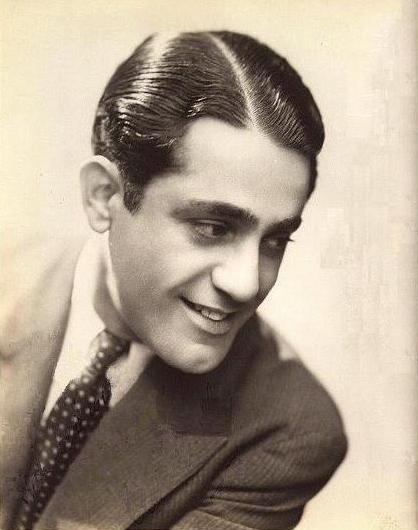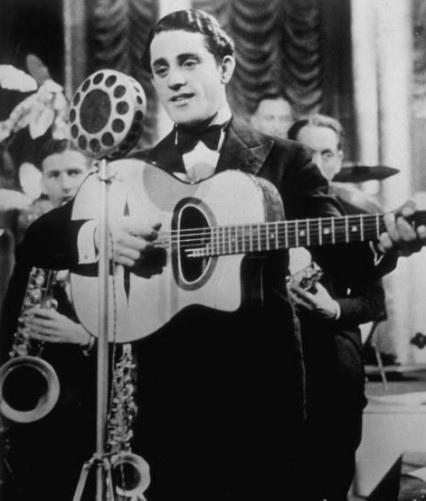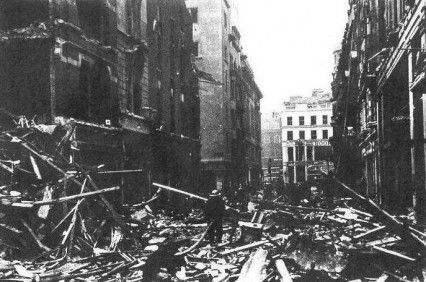During a daylight raid on 25th October 1940 a huge bomb landed on the Blackfriars Road destroying some trams which were trying to temporarily shelter from the onslaught. As the photograph shows us it was obviously to no avail. On the other side of the road, on the corner with Union Street, a building, known originally as the Surrey Chapel but subsequently as the Blackfriar’s Ring, was also very badly damaged.
The Ring was an octagonal building built in 1782 by the charismatic church orator Reverend Rowland Hill as a chapel (he thought that the shape ‘prevented the devil hiding in any of the corners’). Disused and empty by the end of the 19th century, it had been a boxing ring since 1910 when Bella Burge and her husband, the ex-prize fighter Dick Burge, acquired the lease believing it would make an ideal wrestling and boxing ring. They named it, simply, ‘The Ring’ and it would become the first indoor boxing ring for the working classes – the sport until then had been generally fought by working class men in front of an upper class audience.
Bella of Blackfriars’ as she was known, was also the first to break the taboo of women attending boxing bouts when in 1914 she and her actress friends (she was close to music hall star Marie Lloyd and her family practically all her life) were the first to become female regulars at ‘The Ring’.
After the first bombing raid, The Ring was still standing, albeit badly damaged, but another bombing raid during March 1941 almost completely destroyed the building and it was eventually demolished.
The blitz on London had been continuing since the previous September and by now over 40,000 people had lost their lives and an incredible 250,000 people were homeless.
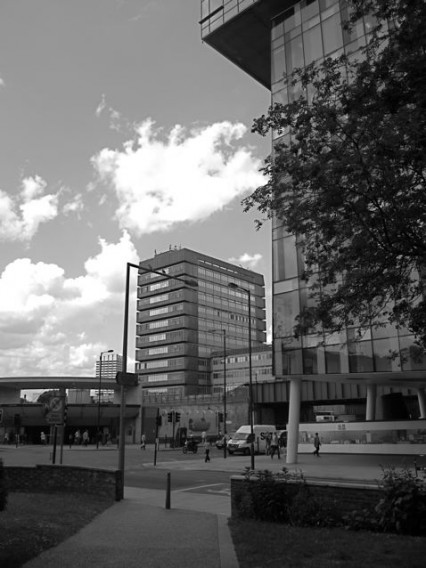
Surrey Chapel and 'The Ring' would have been situated across the road on the right where Palestra House now stands. Palestra is Greek for a public place used for wrestling. Although I expect you knew that.
Two or three weeks after the bomb that almost completely destroyed the Blackfriars’ Ring, another bomb silently dropped onto the more salubrious surroundings of Jermyn Street at 3am on 17th April 1941. The Luftwaffe had just introduced a new terrifying weapon – the parachute mine – it was packed full of high explosives, was eight feet long, two feet wide and weighed two and a half tons. They were designed to explode in mid-air purposely to cause a greater loss of human life. When the bomb exploded above Jermyn Street it severely damaged several buildings including an apartment block called Duke’s Court, which happened to be the home of one of the country’s favourite recording artists – Albert Alick ‘Al’ Bowlly.
The popular singer was killed instantly. Although, it was said, that his body strangely appeared untouched even though the massive explosion had blown Bowlly’s bedroom door off its hinges and it had fatally smashed against his head.
During his career Bowlly recorded over 1000 songs and was said by many to have invented the style of singing called ‘crooning’ where the singer utilises the amplification of the microphone or even a megaphone. The last song he recorded was on 8th April, just a week before he died. It was prophetically called When That Man Is Dead And Gone. The song was actually about Hitler and written, earlier that year, by Irving Berlin:
What a day to wake up on
What a way to greet the dawn
Some fine day the news’ll flash
Satan with a small moustache
Is asleep beneath the lawn
When that man is dead and gone
Bowlly, along with many other victims from that night of intensive bombing, was buried in a mass grave at the Westminster Cemetery on the Uxbridge Road in Hanwell. It was one of the worst nights of the Blitz and there was no time or energy for sentiment. His name on the monument was spelled Albert Alex [sic] Bowlly.
I personally came across Al Bowlly when several of his recordings were used in Dennis Potter’s Pennies From Heaven and also ‘The Singing Detective’. It could be said that, in relation to other singers of his time, probably more popular than he has ever been. His recordings have also appeared in some of the great cult films of the last few decades including The Shining, Withnail And I and Amelie.
Al Bowlly and Jimmy Messene – That Man Is Dead And Gone
Al Bowlly with Ray Noble and his Orchestra – Guilty (Amelie)
Al Bowlly with Ray Noble and his Orchestra – Hang Out The Stars in Indiana (Withnail And I)
Al Bowlly with Ray Noble and his Orchestra – Midnight, the Stars and You (The Shining)
Al Bowlly with Lew Stone and his Band – Just Let Me Look At You
Al Bowlly with Lew Stone and his Band – You Couldn’t Be Cuter
